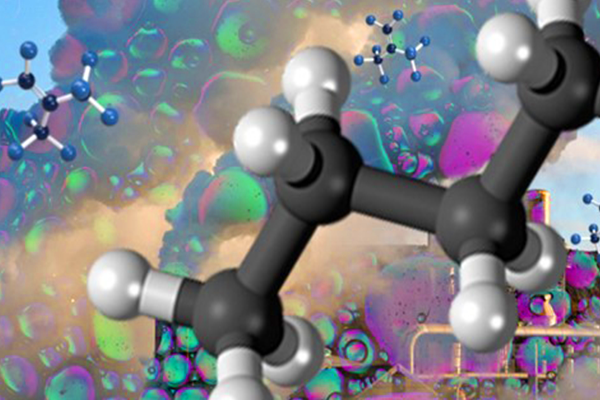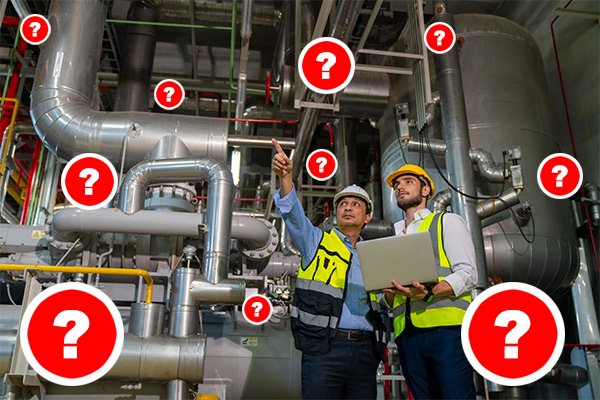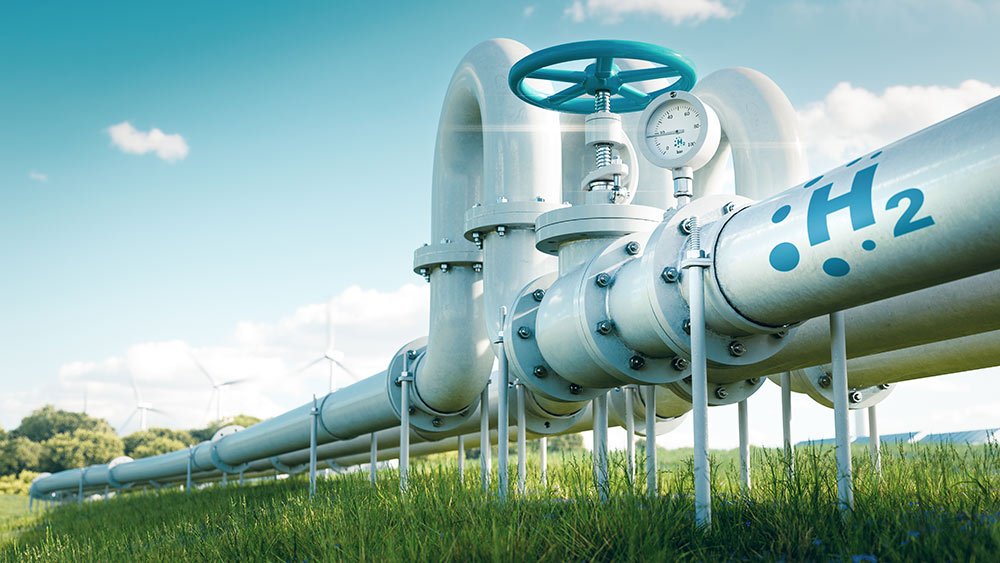Industry
Have a look at our safety news & advice for Industry work below, where we outline tips for how to keep your workers safe on site. Different industries have different risks for workers, and identifying the correct threats posed to your workers can save lives.
Read through our tips below to find out how you can be keeping your workers safe throughout their working day.
Additionally, we have a dedicated sales team that can support you with any enquiry relating to our products and services; simply call us up on 0845 3300 447 or email our team at [email protected].

17/10/2023
SCBA Lifesaving Equipment for your Team’s Safety
Posted by Rhys Redrup
SCBA lifesaving equipment: Discover how to select the best self-contained breathing apparatus for your team's safety. Learn about key features, applications, and factors to consider when choosing this critical protective gear. SCBA: Choosing the Best Lifesaving Equipment for Your Team Firstly, a SCBA set is a Self-Contained Breathing Apparatus that provides the wearer with air...
Read


07/09/2023
PID Detection in the Petrochemical Industry
Posted by Rhys Redrup
PID (or “photoionization detector”. ) detection uses ultraviolet light to ionize VOC molecules in order to measure a resulting electric current. This simple method allows PIDs to detect VOCs at ultra-low levels, from parts per billion (ppb) to parts per million (ppm). Most industry insiders know that volatile organic compounds (VOCs) evaporate rapidly when emitted...
Read


25/08/2023
Positioning Sensors for Fixed Gas Detection
Posted by Rhys Redrup
Fixed gas detection systems are used to detect the presence of hazardous gases in a variety of settings, including - Medical and industrial facilities. Commercial buildings. Swimming pools. Saunas. Academic facilities. The sensors in these fixed systems operate continuously and will trigger an alarm when the concentration of certain gases reaches a dangerous level. The...
Read


07/08/2023
Hydrogen Gas Detection: Best fixed-gas detection
Posted by Rhys Redrup
Hydrogen is a colourless, odourless, and tasteless gas that is highly flammable and explosive. It is essential to have effective gas detection systems in place to protect people and property from the hazards of hydrogen leaks. This may seem an obvious statement, but our engineers have come across examples where the working layout of an...
Read






